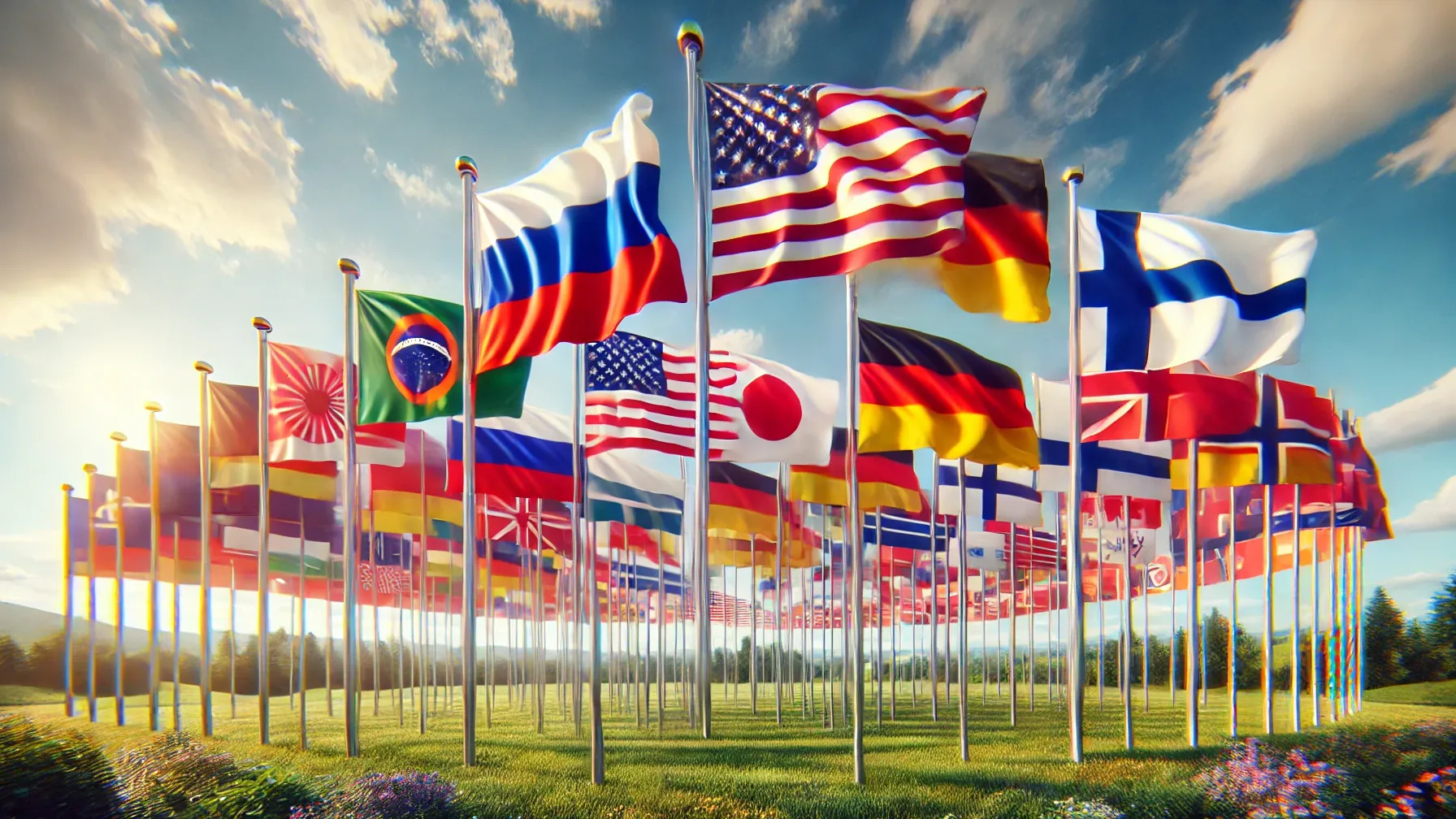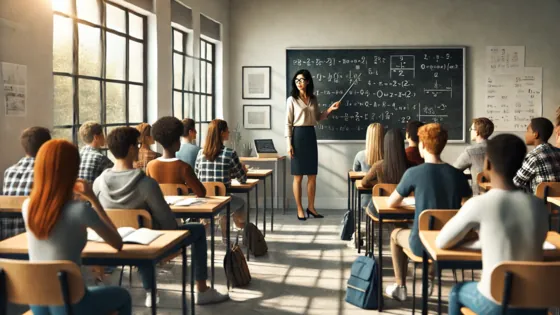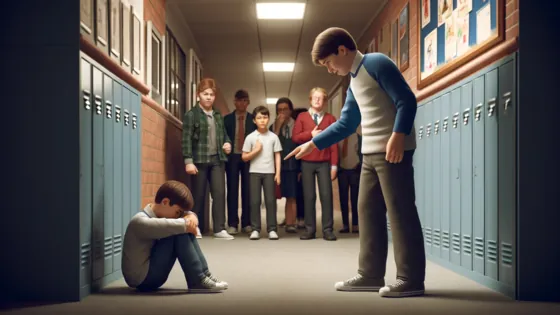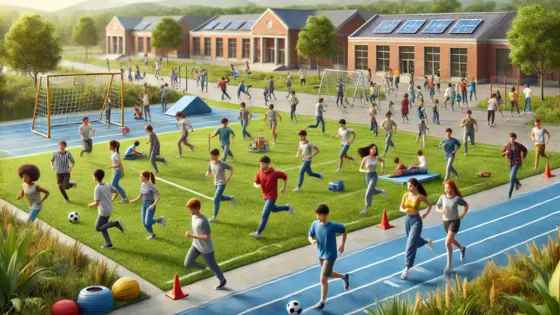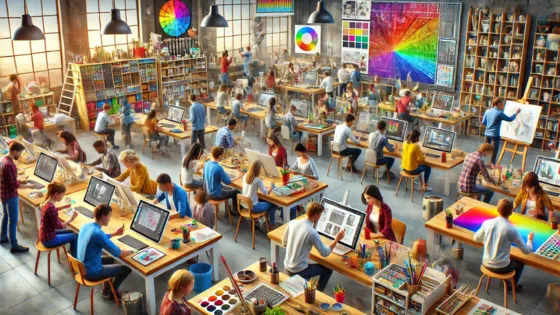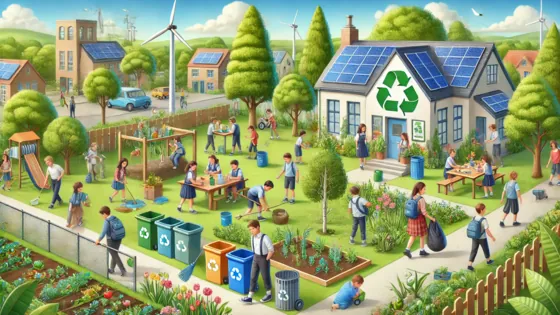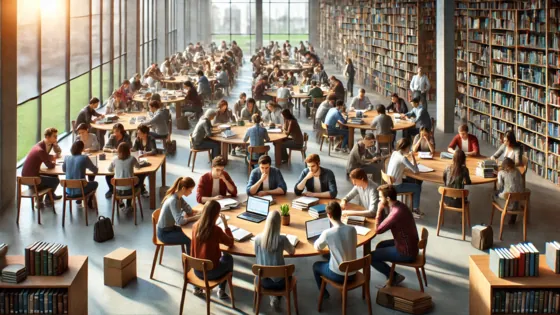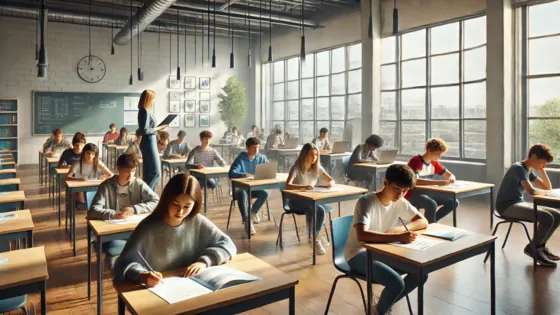Education is one of the fundamental drivers propelling the progress of any society. It not only disseminates crucial knowledge and skills but also molds the perspectives and ideologies of future generations. This article conducts a comparative examination of the educational systems in five distinct nations: Finland, the United States, Japan, Germany, and Russia.
Methodology

This analysis includes a selection of countries with varied educational methodologies. The comparison is grounded in data from international assessment programs such as PISA, along with national educational reports and scholarly research.
Finland

Finland is often highlighted as an exemplar of educational excellence, acclaimed for its high efficiency, innovative instructional techniques, and distinct emphasis on the personal development of each student. The Finnish educational framework is founded on the principle of equality. All children, irrespective of their social standing or family financial background, are provided with equal opportunities to receive quality education. This is achieved through free access to all educational levels, including preschool, primary, secondary, and higher education.
A pivotal aspect of Finland’s educational system is early childhood education. Children commence preschool at the age of three, where they are immersed in a playful and interactive developmental environment. This method nurtures independence, social skills, and learning through play. Individualized learning is another cornerstone of Finland’s educational philosophy. Educators endeavor to customize the learning process to meet each student’s needs, considering their abilities, interests, and learning pace. This is facilitated by small class sizes and a high degree of teacher professionalism.
Another unique feature of Finland’s educational model is the focus on practical learning and a problem-solving approach. Students are not only instructed in theoretical knowledge but are also encouraged to engage in critical thinking, problem-solving, and applying their knowledge to real-world scenarios. This helps them develop skills that are valuable in everyday life and the labor market. Parental involvement is also a crucial component of the Finnish education system. Parents are actively involved in their children’s educational journey, fostering a partnership between the school and the family that enhances overall educational outcomes.
United States

Education in the United States mirrors the diversity of this extensive nation and consists of a multifaceted array of institutions, both public and private, across all educational levels. The system encompasses kindergartens, primary, secondary, and higher education institutions, each characterized by its own unique attributes and teaching methodologies. The American educational system employs a decentralized approach, allowing each state the autonomy to develop its educational standards and policies. This results in significant variations in curricula and educational management across different states, which poses challenges in maintaining consistent high standards of education nationwide.
In the United States, education is compulsory for all children from the age of five to eighteen. The majority of school education is provided free of charge through public educational institutions. However, private schools also play a vital role, offering specialized educational programs and additional opportunities for students. Nonetheless, education at private institutions incurs costs, which can lead to disparities in access to quality education.
Japan
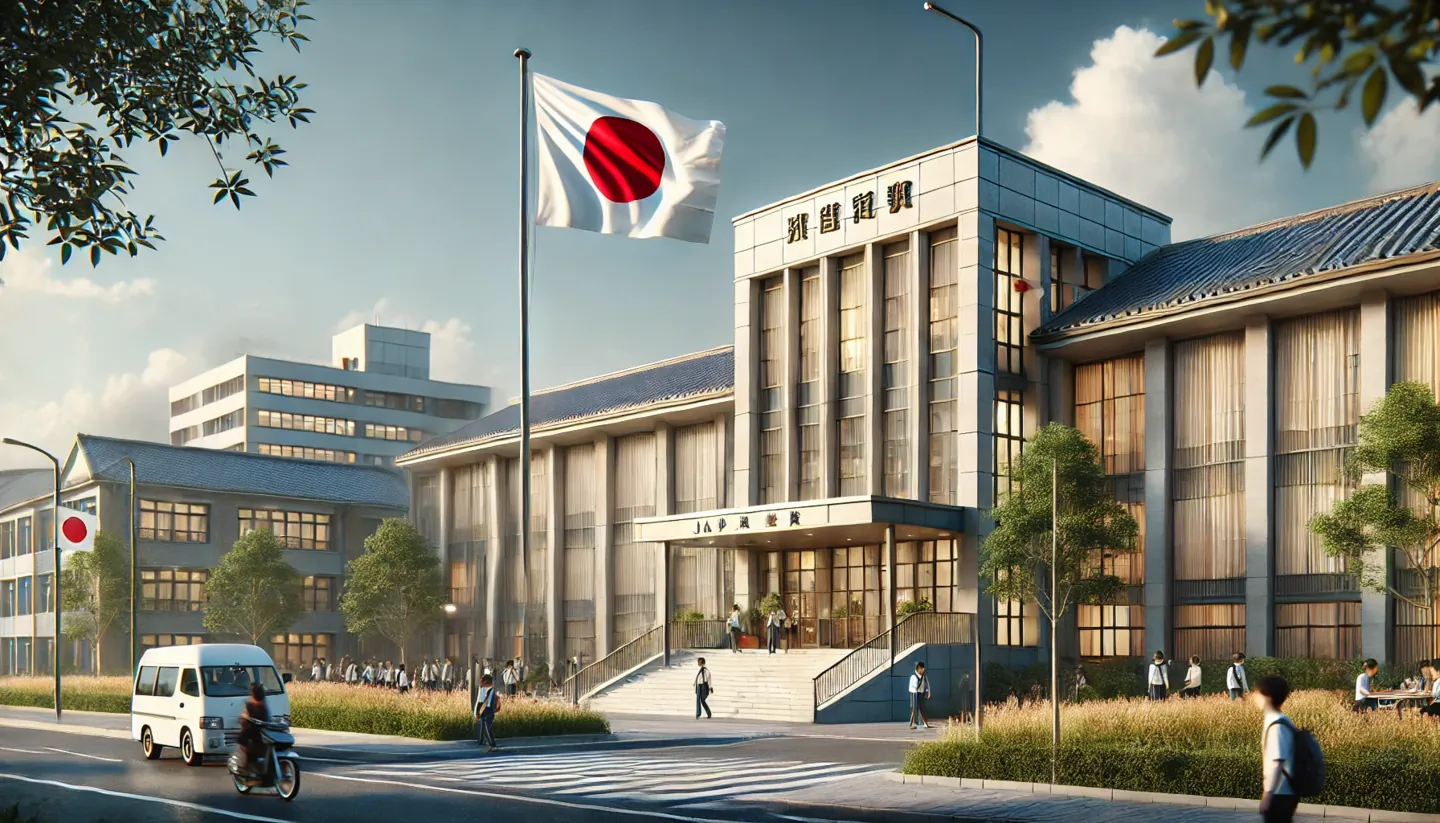
In Japan, compulsory education spans nine years, including elementary and lower secondary education. Japanese school curricula are standardized, encompassing language studies, mathematics, sciences, social studies, and the arts. The competitive nature of Japan’s educational system is a defining characteristic. Students prepare rigorously for examinations, including entrance exams for higher education institutions, which are often associated with high levels of stress. However, this competitive approach fosters perseverance and determination in students.
Japanese schools place significant emphasis on instilling moral values in students, such as respect for elders, diligence, and discipline. These qualities play a crucial role in personal development. In recent years, Japan’s educational system has been actively incorporating new technologies and focusing on the development of critical thinking skills.
Germany
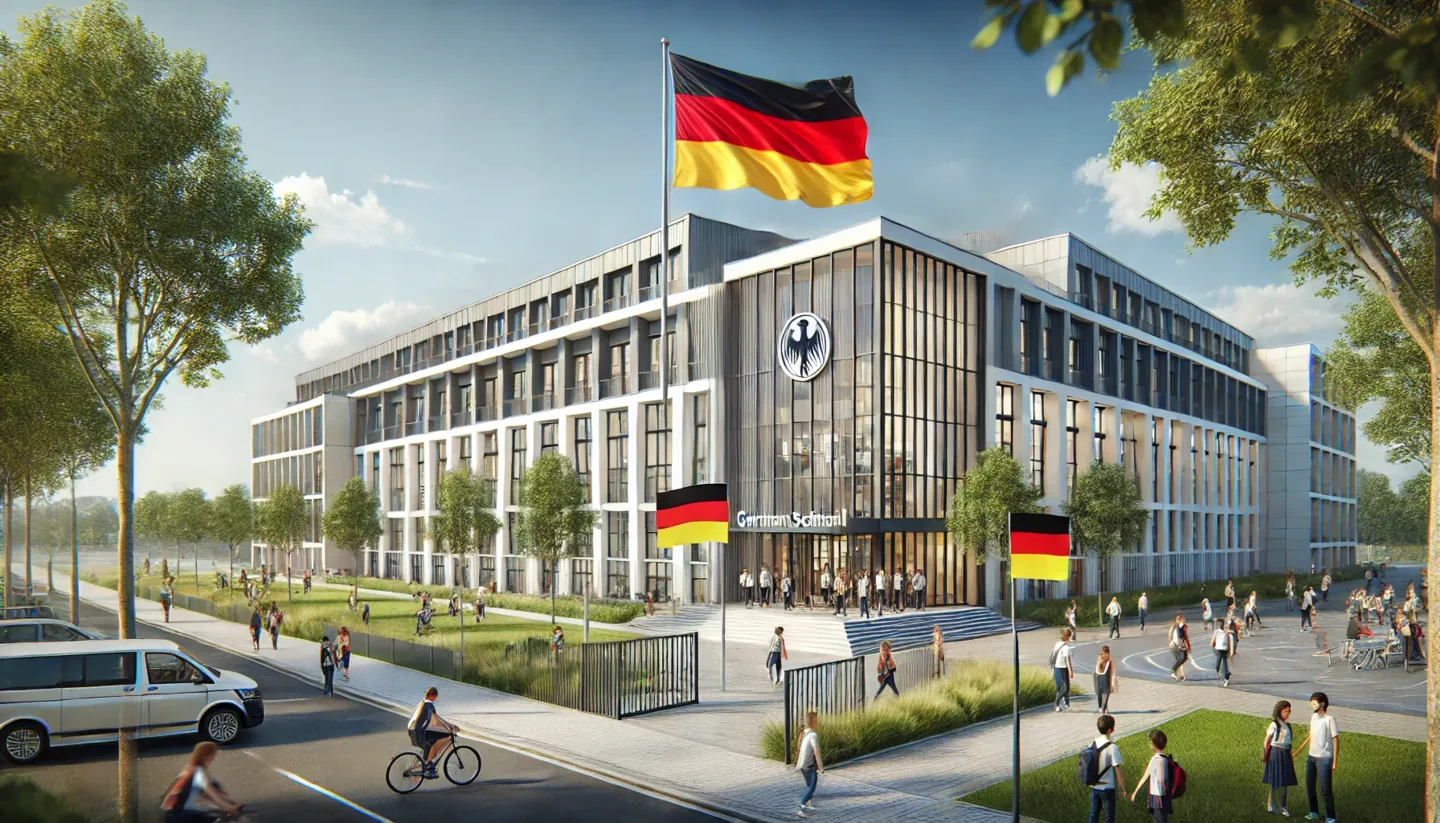
In Germany, the educational system covers preschool, primary, secondary, and higher education, and is mandatory for all children from six to fifteen years old. Germany’s education system is particularly esteemed for its emphasis on practical training in technical schools and vocational colleges, where students acquire comprehensive skills that facilitate their successful integration into the labor market. Critical thinking and independence are integral aspects of the German educational system. Students are encouraged to engage in independent research and analytical work, which promotes their professional and personal development.
A vital element of Germany’s education system is the focus on fostering critical thinking and student independence. Students are encouraged to undertake independent work, engage in research activities, and develop analytical thinking, all of which contribute to their personal and professional growth.
Germany also actively enhances its higher education system, offering a wide array of universities, colleges, and technical institutions. Many universities prioritize innovation in education and scientific research, making Germany an attractive destination for international students and scholars.
Russia
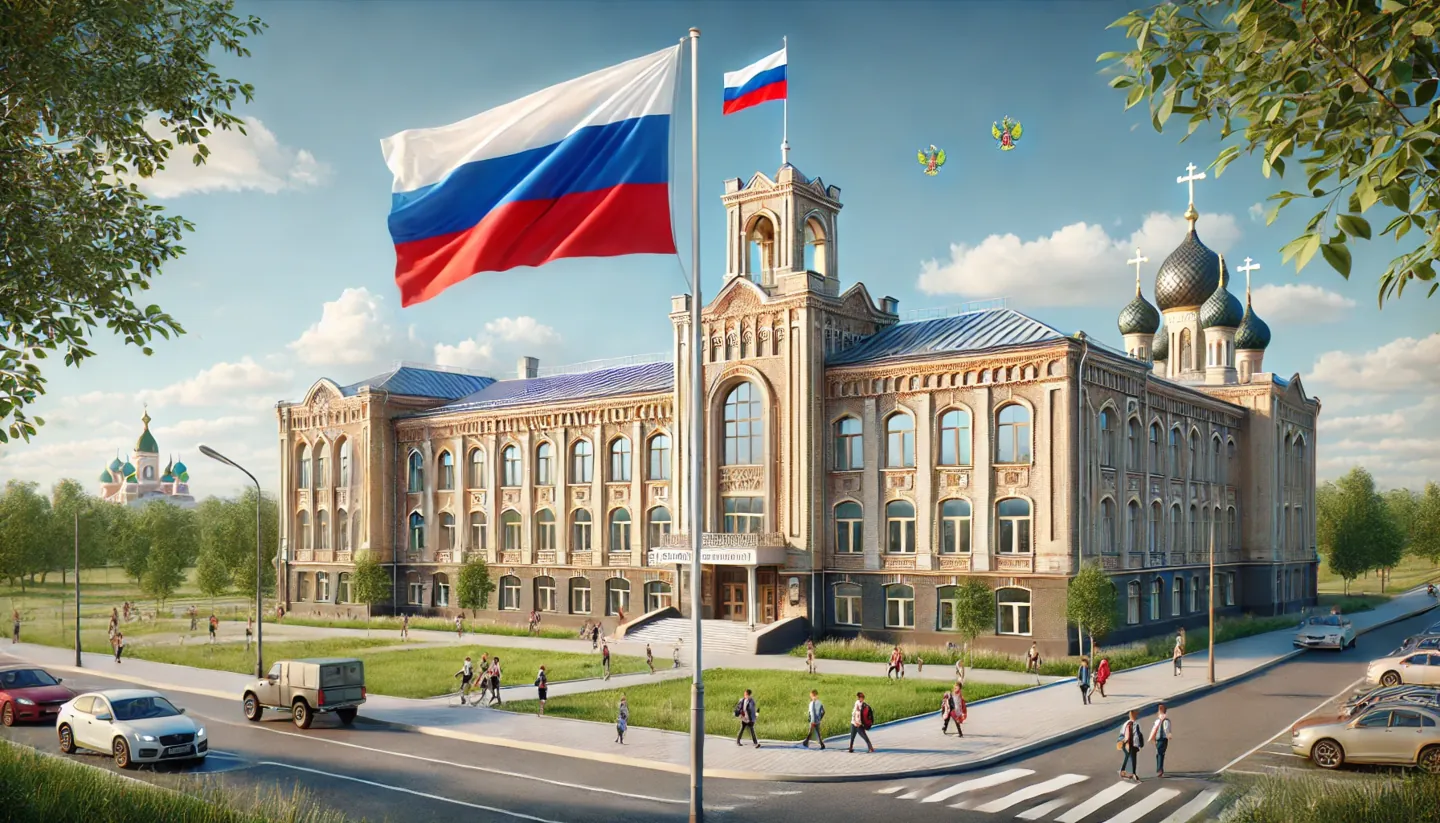
The Russian educational system is characterized by significant centralization. The federal government sets the primary educational standards and requirements, while regional authorities can develop their own educational programs tailored to local needs and specific conditions. However, in recent years, the Russian educational system has undergone substantial changes and reforms. New teaching methodologies, technologies, and educational programs are being introduced to elevate the quality of education and align it with contemporary challenges and labor market requirements.
Higher education in Russia is also evolving. Numerous universities are striving to enhance the quality of education, foster scientific research, and promote innovative activities. Programs offering dual degrees and international exchanges are becoming increasingly popular among students and academic staff.
Conclusion
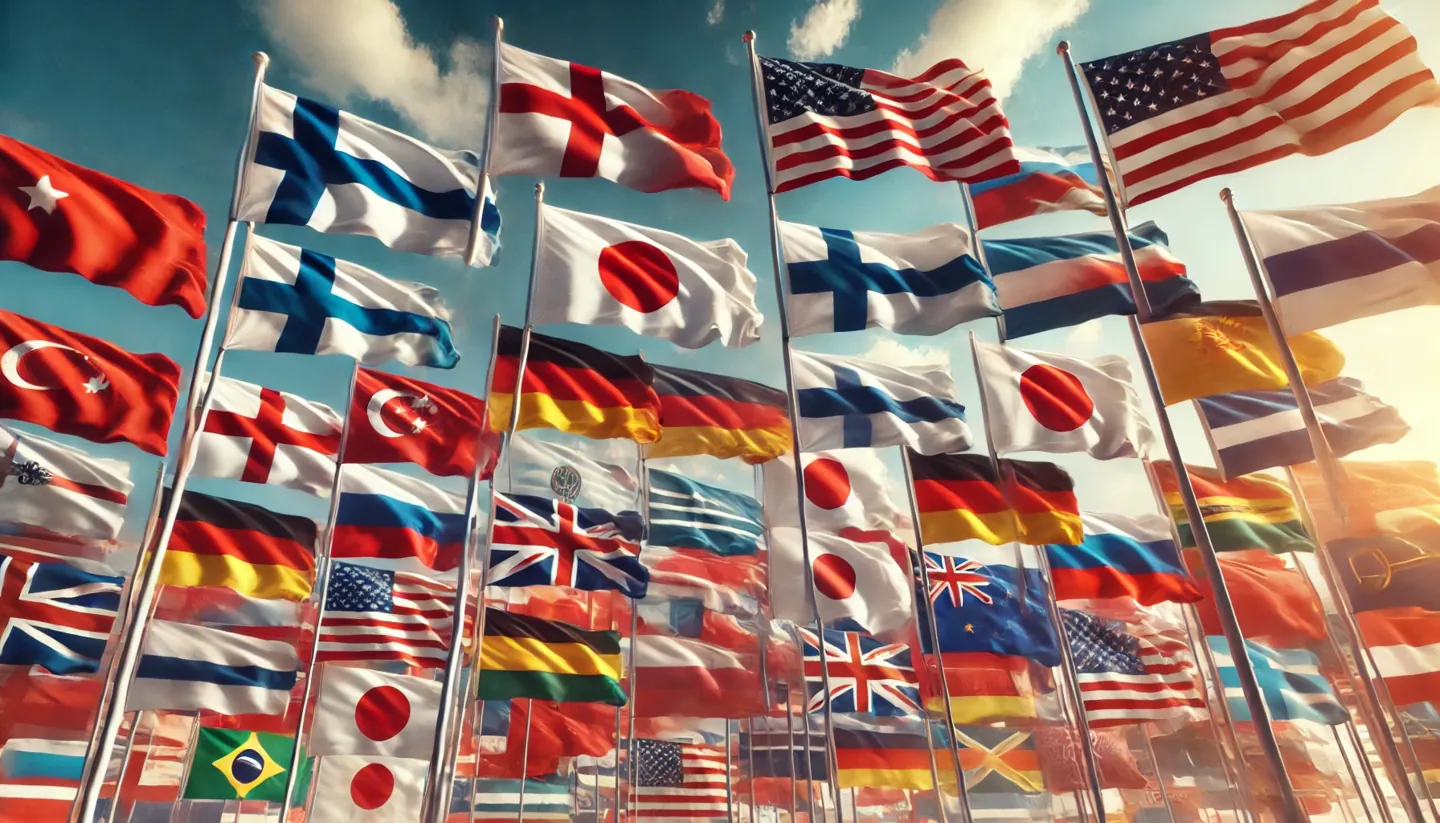
Each of the countries examined provides unique educational approaches that reflect their cultural and social nuances. A comparative analysis helps to identify both the strengths and areas for potential improvement in educational systems globally.

